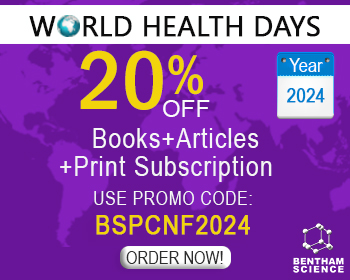Abstract
Ischemic brain damage develops at a pace slower than previously believed. In the penumbral area of the ischemic territory after focal ischemia, or in selectively vulnerable regions following transient global ischemia, cell death occurs hours or days following the acute insult. The process is the result of a complex cascade of pathogenic events, in which local and systemic factors play a role. Early and late excitotoxicity, apoptosis and inflammation have been found to contribute to the maturation of the damage. Mechanisms include calcium overload, oxidative stress, mitochondrial dysfunction, as well as damage to DNA, structural proteins and enzymes. Ischemic brain injury can be counteracted, totally or in part, by appropriate therapeutic interventions, resulting in varying degrees of neuroprotection in animal models. Although clinical trials based on neuroprotective agents have been disappointing, therapeutic strategies targeting recently identified pathogenic processes offer new hope. These approaches, alone or in combination with therapies based on early reperfusion of the ischemic brain, are likely to provide powerful tools for the treatment of human stroke.
Keywords: brain ischemia, penumbra, maturation phenomenon, excitotoxicity, oxidative stress, inflammation, programmed cell death, neuroprotection

























